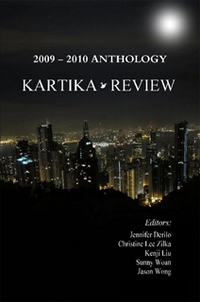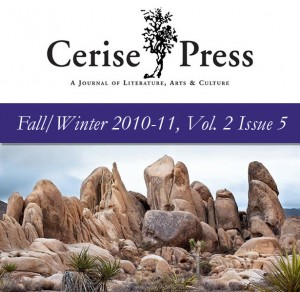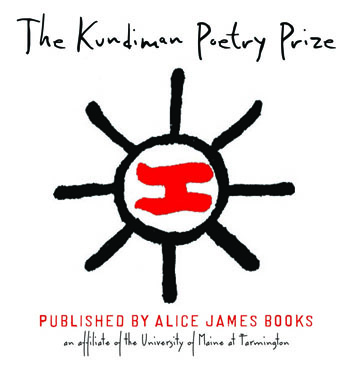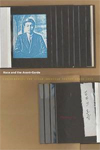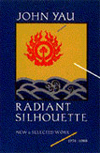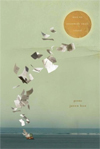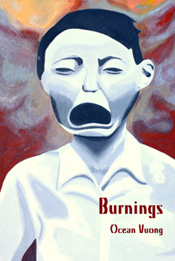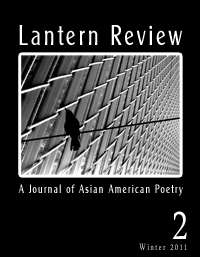
We are delighted to announce that Issue 2 of Lantern Review is now live on our web site!
This tighter, more-streamlined volume contains 60 pages of extraordinary poetry and visual art, and features, for the first time, not only a page-bound sample of performance poetry (as part of our Community Voices feature), but also a special audio performance of that poem, which the artists recorded especially for LR. Contributions to this issue include poetry by W. Todd Kaneko, Kenji C. Liu, Kathleen Hellen, Aryanil Mukherjee, Lek Borja, Wendi Lee, Aimee Suzara, Michelle Peñaloza, Rajiv Mohabir, JoAnn Balingit, Kimberly Alidio, and Marc Vincenz; as well as a range of beautiful photographic work, including a diptych of layered portraits by Bethany Hana Fong and the striking image of a blackbird by Anannya Dasgupta that appears on the cover. Additionally, our Community Voices section in this issue features a profile of Sulu DC, as well as the collaborative poem mentioned above, which was created and is performed, in this issue, by three of the organization’s featured poets.
Before entering the issue, you might want to take a moment to check out our recommendations for optimum viewing, located here. To listen to the audio in the issue, you’ll also need to have an updated version of the Adobe Flash player plugin installed, and will need to have Javascript enabled (more details and troubleshooting suggestions can be found on the issue’s masthead). If you want to proceed to the issue right away, click here or on the cover image at the top left of this post. Issue 1 can now be accessed via the new “Archives” page on our main site.
We hope that you enjoy Issue 2! As usual, we would love to hear any feedback that you might have regarding either its content or the [technical] navigability. Please feel free to drop us a line any time at editors[at]lanternreview.com.
Many thanks for your continued support,
Iris & Mia
LR Editorial Board

